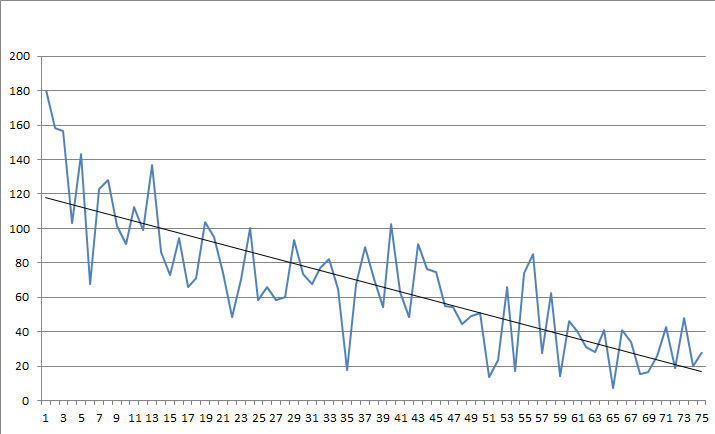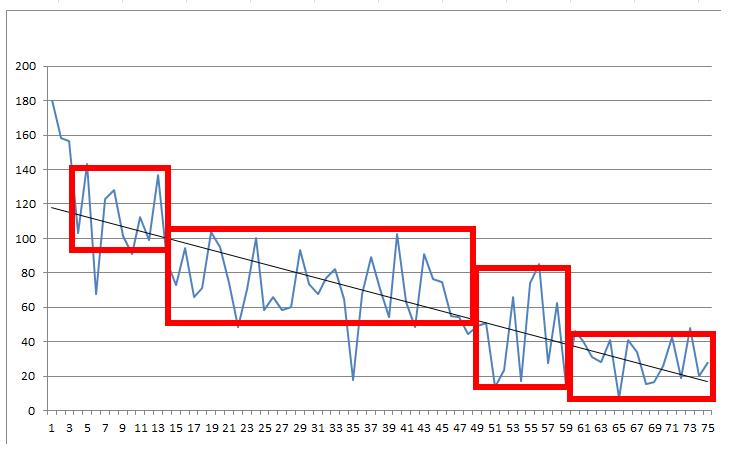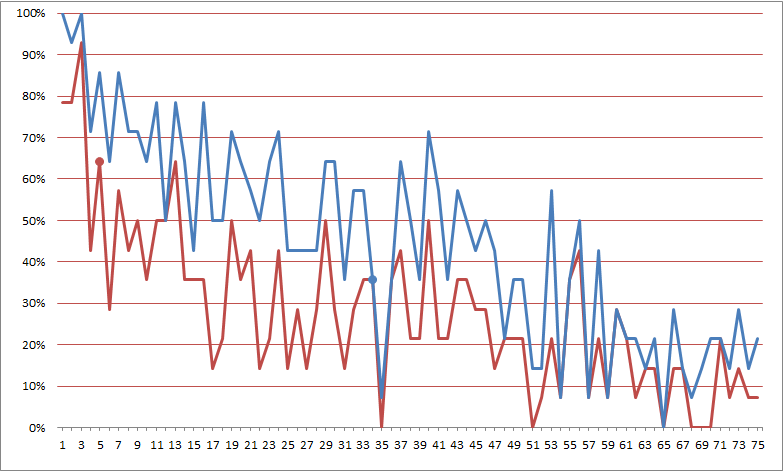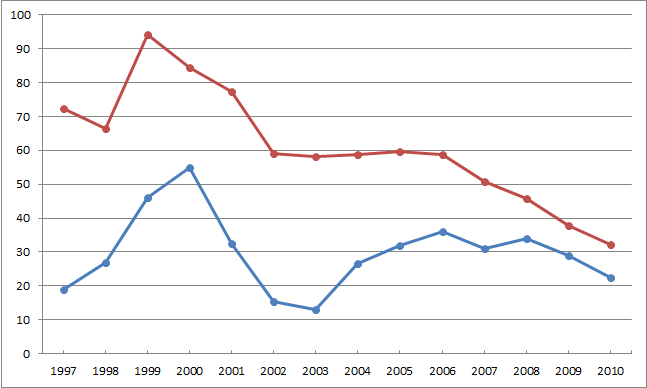- Banned
- #76
Carlton just delisted Adam Bentick, who is 24, and has played 68 games.To put it exactly- my impression is, a typical player in the 23-24 age bracket who has strung together 60-70 games, is just as likely to produce as much quality football over what's left of his career as a typical pick 20 is likely to produce over his entire career.
What teams will pay for them may not reflect their objective value, that was rather the point of my post.
What was his "objective value" during trade week?
What would you have said if West Coast had given up pick 22 in a trade for him?









